





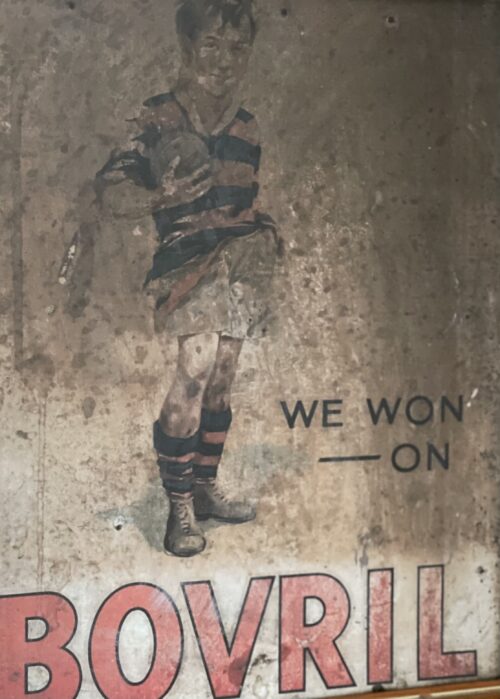
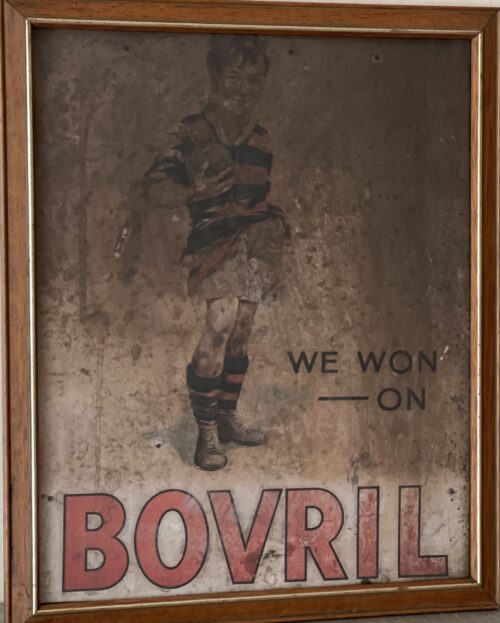

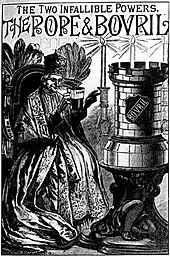





Ireland manager Jack Charlton and assistant Maurice Setters after the loss to Italy in the quarter-finals of the 1990 World Cup




Ireland manager Jack Charlton and assistant Maurice Setters after the loss to Italy in the quarter-finals of the 1990 World Cup









| "Danny Boy" | |
|---|---|

Danny Boy |
|
| Song | |
| Published | 1913 |
| Genre | Folk |
| Songwriter(s) | Frederic Weatherly (lyrics) in 1910 |
| Recording | |
|
MENU
0:00
Performed by Celtic Aire of the United States Air Force Band
|
|
Oh, Danny boy, the pipes, the pipes are calling From glen to glen, and down the mountain side. The summer's gone, and all the roses falling, It's you, It's you must go and I must bide. But come ye back when summer's in the meadow, Or when the valley's hushed and white with snow, It's I'll be there in sunshine or in shadow,— Oh, Danny boy, Oh Danny boy, I love you so! But when ye come, and all the flowers are dying, If I am dead, as dead I well may be, Ye'll come and find the place where I am lying, And kneel and say an Avé there for me. And I shall hear, though soft you tread above me, And all my grave will warmer, sweeter be, For you will bend and tell me that you love me, And I shall sleep in peace until you come to me!


Since the days of O'Connell a larger public demonstration has not been witnessed than that of Sunday last. About 1 o'clock the monster procession started from Claremorris, headed by several thousand men on foot – the men of each district wearing a laural leaf or green ribbon in hat or coat to distinguish the several contingents. At 11 o'clock a monster contingent of tenant-farmers on horseback drew up in front of Hughes's hotel, showing discipline and order that a cavalry regiment might feel proud of. They were led on in sections, each having a marshal who kept his troops well in hand. Messrs. P.W. Nally, J.W. Nally, H. French, and M. Griffin, wearing green and gold sashes, led on their different sections, who rode two deep, occupying, at least, over an Irish mile of the road. Next followed a train of carriages, brakes, cares, etc. led on by Mr. Martin Hughes, the spirited hotel proprietor, driving a pair of rare black ponies to a phæton, taking Messrs. J.J. Louden and J. Daly. Next came Messrs. O'Connor, J. Ferguson, and Thomas Brennan in a covered carriage, followed by at least 500 vehicles from the neighbouring towns. On passing through Ballindine the sight was truly imposing, the endless train directing its course to Irishtown – a neat little hamlet on the boundaries of Mayo, Roscommon, and Galway.Evolving out of this a number of local land league organisations were set up to work against the excessive rents being demanded by landlords throughout Ireland, but especially in Mayo and surrounding counties. From 1874 agricultural prices in Europe had dropped, followed by some bad harvests due to wet weather during the Long Depression. The effect by 1878 was that many Irish farmers were unable to pay the rents that they had agreed, particularly in the poorer and wetter parts of Connacht. The localised 1879 Famine added to the misery. Unlike many other parts of Europe, the Irish land tenure system was inflexible in times of economic hardship.
..."first, to bring about a reduction of rack-rents; second, to facilitate the obtaining of the ownership of the soil by the occupiers". That the object of the League can be best attained by promoting organisation among the tenant-farmers; by defending those who may be threatened with eviction for refusing to pay unjust rents; by facilitating the working of the Bright clauses of the Irish Land Act during the winter; and by obtaining such reforms in the laws relating to land as will enable every tenant to become owner of his holding by paying a fair rent for a limited number of years".Charles Stewart Parnell, John Dillon, Michael Davitt, and others then went to the United States to raise funds for the League with spectacular results. Branches were also set up in Scotland, where the Crofters Party imitated the League and secured a reforming Act in 1886. The government had introduced the first Land Act in 1870, which proved largely ineffective. It was followed by the marginally more effective Land Acts of 1880 and 1881. These established a Land Commission that started to reduce some rents. Parnell together with all of his party lieutenants, including Father Eugene Sheehyknown as "the Land League priest", went into a bitter verbal offensive and were imprisoned in October 1881 under the Irish Coercion Act in Kilmainham Jail for "sabotaging the Land Act", from where the No-Rent Manifesto was issued, calling for a national tenant farmer rent strike until "constitutional liberties" were restored and the prisoners freed. It had a modest success In Ireland, and mobilized financial and political support from the Irish Diaspora. Although the League discouraged violence, agrarian crimes increased widely. Typically a rent strike would be followed by eviction by the police and the bailiffs. Tenants who continued to pay the rent would be subject to a boycott, or as it was contemporaneously described in the US press, an "excommunication" by local League members.Where cases went to court, witnesses would change their stories, resulting in an unworkable legal system. This in turn led on to stronger criminal laws being passed that were described by the League as "Coercion Acts". The bitterness that developed helped Parnell later in his Home Rule campaign. Davitt's views as seen in his famous slogan: "The land of Ireland for the people of Ireland" was aimed at strengthening the hold on the land by the peasant Irish at the expense of the alien landowners.Parnell aimed to harness the emotive element, but he and his party were strictly constitutional. He envisioned tenant farmers as potential freeholders of the land they had rented. In the Encyclopedia Britannica, the League is considered part of the progressive "rise of fenianism".

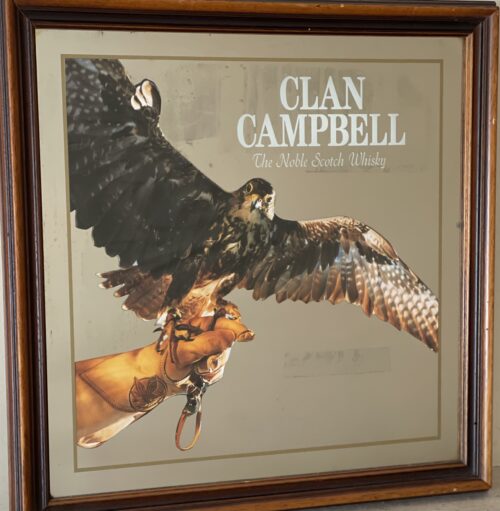






“Many arrested as city crowds run riot.”“Cars were overturned in Abbey Street and O’Connell Street, at least 50 people were treated for minor injuries, while three people were taken to hospital with fractured legs and arms.”A young man was also hospitalized after being stabbed. Two hundred police and three fire brigades arrived. Buses and taxis were halted in the melee. Only the ringing of the fire bells seemed to settle down the crowd, but soon more crowds arrived and fights began anew. “One group of youths pushed a parked car into half a dozen policemen who were trying to get them out of the street,” reported the Times. “St John’s Ambulance men treated men and women on the footpaths while the crowds swirled around them.”
“A pity, this, because the Beatles, in spite of their theatrical gimmicks, their long locks, and ‘with-it’ suits, have a great act…God knows, Dublin has never seen anything like the Beatles.”Indeed they had not. Nor would they ever see their likes again. Despite their multiple Irish connections, the four lads would never be back, and more’s the pity.




An oil painting of a street musician who played regularly in Limerick city, was painted in oil on canvas. The subject, uileann piper Pádraig Ó Briain (there are several variant spellings of his name on record), occupied a space on the corner of the Crescent and Hartstonge Street in Limerick and presumably Haverty noticed him there. Pipers were esteemed in Ireland and were a popular subject. Haverty had a sound instinct for what would appeal to an audience. He transposed the piper from an urban to a woodland setting, which is theatrical but effective, and the painting seems to have been known under several different titles, including The Father and Daughter (O’Brien had two daughters but opinions differ as to whether the girl depicted was one of them), The Blind Piper and The Irish Piper.
Reproduced as a print under the title The Limerick Piper, it sold widely throughout the country and became extremely well-known. Haverty made another quite different painting of the piper, now in the University of Limerick collection, but he also made copies of his own work.
To complicate things slightly: The Blind Piper was exhibited by the RHA in 1845, when it was praised in the Nation. It was perhaps this version that Sir Josslyn Gore-Booth bought and exhibited at the Cork exhibition in 1852. But there were other versions in circulation. Young Irelander William Smith O’Brien reputedly commissioned a copy from Haverty, and bequeathed it to the National Gallery of Ireland in 1864.
The Blind Piper is included in the exhibition Oidhreacht: Transforming Tradition at the Highlanes Gallery, Laurence Street, Drogheda, Co Louth (July 13th – September 14th), timed to coincide with Fleadh Cheoil na hÉireann which takes place July 10th-18th in Drogheda.
The annual week-long festival, a lively mix of summer school, competition and a packed programme of traditional music concerts attracts up to 500,000 people from throughout Ireland North and South, the UK and internationally. The exhibition of art and artefacts is drawn from Drogheda’s Municipal Art Collection as well as those of major public museums, including the National Gallery of Ireland and Imma. It aims to explore “the rich social, political and aesthetic contexts in which the traditional arts have been expressed”.


“Many arrested as city crowds run riot.”“Cars were overturned in Abbey Street and O’Connell Street, at least 50 people were treated for minor injuries, while three people were taken to hospital with fractured legs and arms.”A young man was also hospitalized after being stabbed. Two hundred police and three fire brigades arrived. Buses and taxis were halted in the melee. Only the ringing of the fire bells seemed to settle down the crowd, but soon more crowds arrived and fights began anew. “One group of youths pushed a parked car into half a dozen policemen who were trying to get them out of the street,” reported the Times. “St John’s Ambulance men treated men and women on the footpaths while the crowds swirled around them.”
“A pity, this, because the Beatles, in spite of their theatrical gimmicks, their long locks, and ‘with-it’ suits, have a great act…God knows, Dublin has never seen anything like the Beatles.”Indeed they had not. Nor would they ever see their likes again. Despite their multiple Irish connections, the four lads would never be back, and more’s the pity.


In 1920 the War of Independence was ongoing in Ireland.
On the morning of November 21st, an elite assassination unit known as ‘The Squad’ mounted an operation planned by Michael Collins, Director of Intelligence of the Irish Republican Army (IRA). Their orders were clear – they were to take out the backbone of the British Intelligence network in Ireland, specifically a group of officers known as ‘The Cairo Gang’. The shootings took place in and around Dublin’s south inner city and resulted in fourteen deaths, including six intelligence agents and two members of the British Auxiliary Force. Later that afternoon, Dublin were scheduled to play Tipperary in a one-off challenge match at Croke Park, the proceeds of which were in aid of the Republican Prisoners Dependents Fund. Tensions were high in Dublin due to fears of a reprisal by Crown forces following the assassinations. Despite this a crowd of almost 10,000 gathered in Croke Park. Throw-in was scheduled for 2.45pm, but it did not start until 3.15pm as crowd congestion caused a delay.






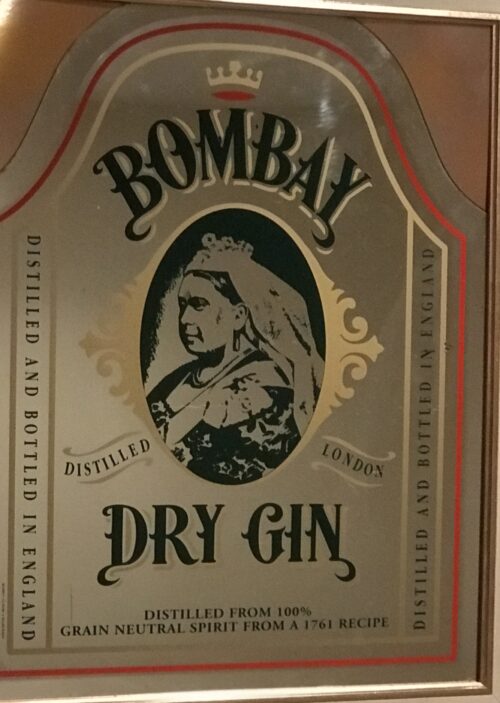
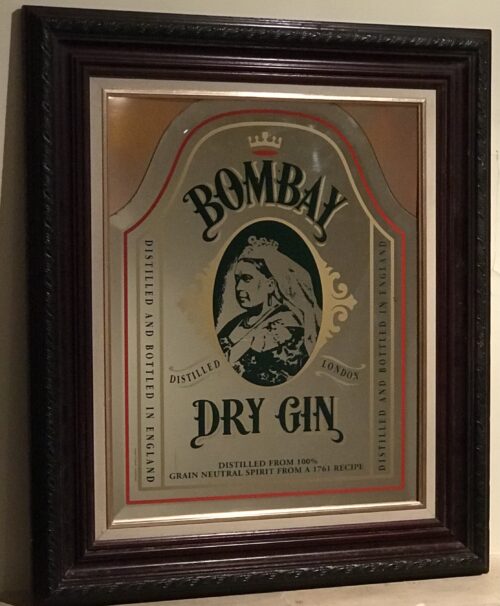
|
Bombay Sapphire was used in the video work Victoria Day (Bombay Sapphire), 2002 by contemporary artists Marina Roy and Abbas Akhavan. |

n 1863, Joseph Causton and his son, also named Joseph, developed the printing company which was to become the large and well known Joseph Causton & Sons Limited.
In 1867 the company was described as being a wholesale stationer and printer with a large warehouse at Southwark Street, London.
Joseph Causton was also a politician. He became a Councillor for Billingsgate, East London in 1868 and later Sheriff for London and Middlesex. The pinnacle of his career came when Queen Victoria opened Blackfriars Bridge and Holburn Viaduct in 1869 and he was knighted at Windsor Castle to mark the event. The company name now became Sir Joseph Causton & Sons Limited. Sir Joseph died just two years later but his sons, Joseph, Richard and James continued as partners of the firm.
The company moved to a large new printing works in Eastleigh, Hampshire in the 1930s. The printing works made labels for household brands including Marmite and Guiness. During The Second World War they printed secret maps for the government in a specially bricked off part of the building.
By the end of the 1960s Sir Joseph Causton & Sons Limited fortunes were in decline. In the mid 1970s the company was losing money but it was not until 1984 that the firm was taken over by Norton Opex. They in turn were acquired by Bowater and Sir Joseph Causton and Sons ceased trading.
The Causton name has survived only as Causton Envelopes Limited and Causton Cartons, which is a subsidiary of the Bowater Group, manufacturing cartons for the pharmaceutical industry.




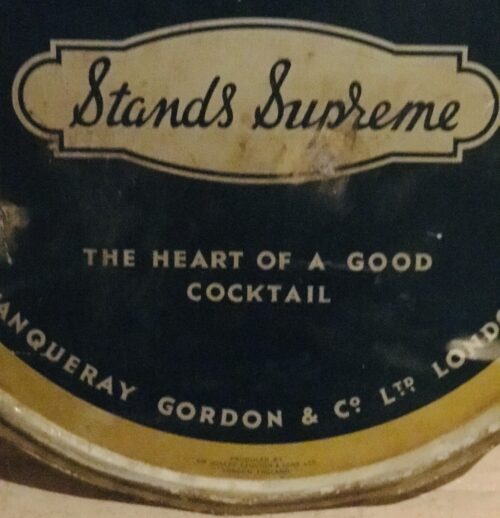
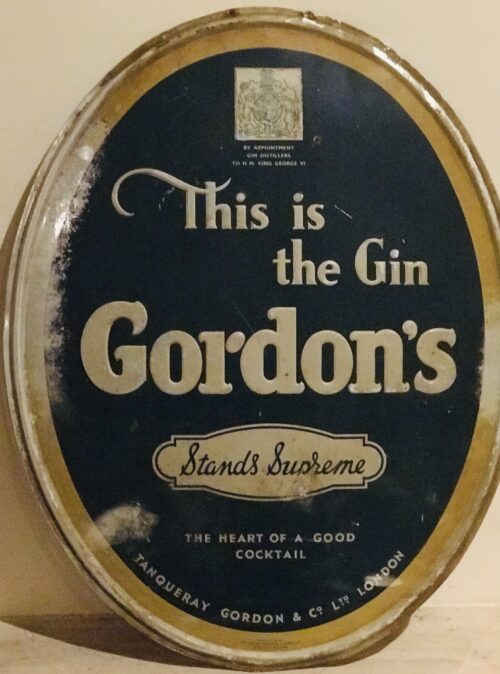

n 1863, Joseph Causton and his son, also named Joseph, developed the printing company which was to become the large and well known Joseph Causton & Sons Limited.
In 1867 the company was described as being a wholesale stationer and printer with a large warehouse at Southwark Street, London.
Joseph Causton was also a politician. He became a Councillor for Billingsgate, East London in 1868 and later Sheriff for London and Middlesex. The pinnacle of his career came when Queen Victoria opened Blackfriars Bridge and Holburn Viaduct in 1869 and he was knighted at Windsor Castle to mark the event. The company name now became Sir Joseph Causton & Sons Limited. Sir Joseph died just two years later but his sons, Joseph, Richard and James continued as partners of the firm.
The company moved to a large new printing works in Eastleigh, Hampshire in the 1930s. The printing works made labels for household brands including Marmite and Guiness. During The Second World War they printed secret maps for the government in a specially bricked off part of the building.
By the end of the 1960s Sir Joseph Causton & Sons Limited fortunes were in decline. In the mid 1970s the company was losing money but it was not until 1984 that the firm was taken over by Norton Opex. They in turn were acquired by Bowater and Sir Joseph Causton and Sons ceased trading.
The Causton name has survived only as Causton Envelopes Limited and Causton Cartons, which is a subsidiary of the Bowater Group, manufacturing cartons for the pharmaceutical industry.



